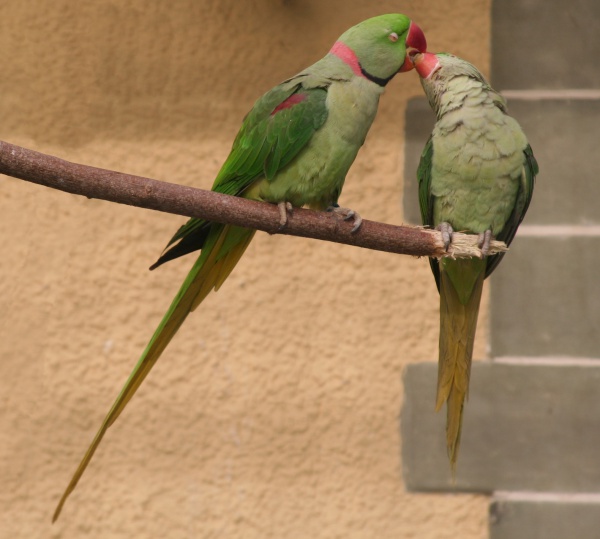Facts About Alexandrine parakeet
The Alexandrine parakeet, also known as the Alexandrine parrot, is a medium-sized bird from the Psittacula genus in the Psittacidae family. Named after Alexander the Great, who transported these birds from Punjab to Europe and the Mediterranean, the Alexandrine parakeet has now established feral populations in several countries.
Originally described by French zoologist Mathurin Jacques Brisson and later reclassified by Carl Linnaeus, this parakeet diverged from its close relatives approximately 5 million years ago. It is recognized for its large size, predominantly green feathers with distinctive color patterns, and noticeable sexual dimorphism.
There are five recognized subspecies of the Alexandrine parakeet, each with its own distinct distribution and plumage characteristics. These birds thrive in a variety of habitats, have a diverse diet, and are social creatures that are fond of flocking and vocalizing. They breed from November to April, often nesting in tree hollows or artificial structures.
In captivity, Alexandrine parakeets are cherished for their long lifespan, playful nature, and ability to mimic sounds. However, they face conservation challenges and are listed as near threatened due to habitat loss, persecution, and the illegal wildlife trade. Despite bans in some countries, these birds are still sold in markets, underscoring the need for enhanced conservation efforts.
The Alexandrine parakeet also holds cultural significance, appearing on postage stamps from various countries. With a rich history, unique characteristics, and significant conservation issues, this parrot species continues to captivate people around the world.

 India
India